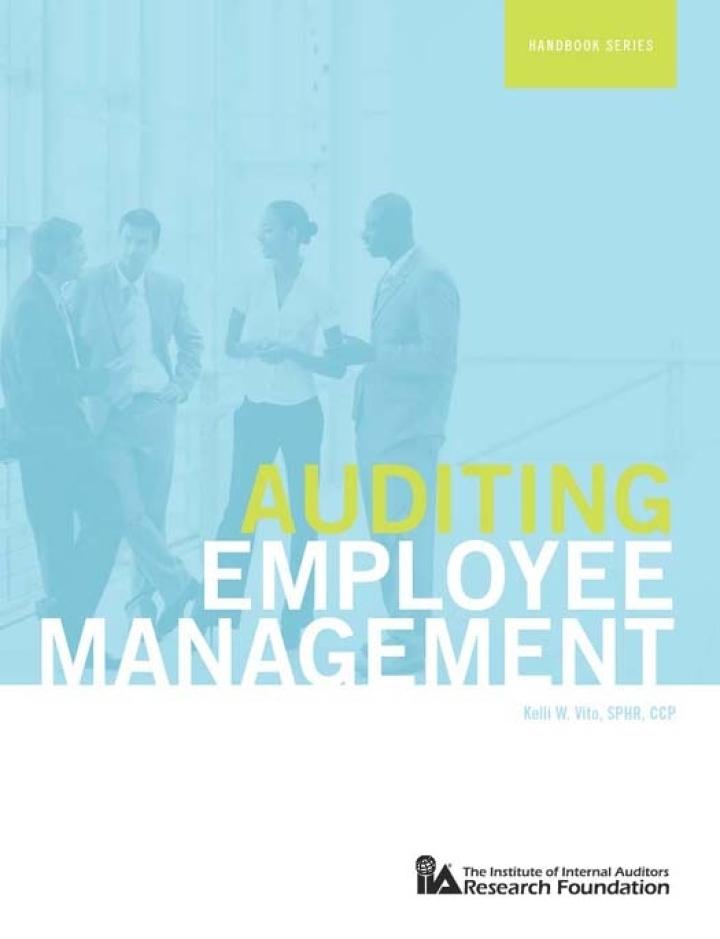Question
Question 2 EF operates tourist attractions in major capital cities. The company is considering opening a new attraction in Namibia. The initial capital investment will
Question 2 EF operates tourist attractions in major capital cities. The company is considering opening a new attraction in Namibia. The initial capital investment will be N$1 200 million. EF plans to operate the attraction for five years after which it will be sold to another operator at an estimated price of N$500 million at 5 years prices. A market research survey has estimated the following visitor numbers and associated probabilities, revenue and operating costs: Revenue and variable cost Number of visitors per year Probability 1.2 million 30% 0.8 million 50% 0.6 million 20% It is expected that the number of visitors per year will remain constant for the life of the project. The entrance fee for the attraction will be N$400. Each visitor is expected to spend an average of N$150 on souvenirs and N$50 on refreshments. The variable costs are estimated to be N$250 per visitor. This includes the variable cost of operating the attraction on the cost of souvenirs and refreshment. Fixed operating costs The company will lease the land on which the attraction is to be situated at a cost of N$5 000 000 per annum. The lease cost will remain the same throughout the life of the project. Maintenance costs are estimated to be N$2 000 000 per annum. Inflation All of the values above, other than the amount payable by the purchaser at the end of the five-year period, have been expressed in terms of current prices. The lease cost of N$5 000 000 per annum will apply throughout the life of the project and is not subject to inflation. A general rate of inflation of 4% per annum is expected to apply to all revenues and costs, excluding the lease cost throughout the life of the project, starting in year 1. Other information The company uses net present value based on the expected values of the cash flow when evaluating projects of this type. The company has a money cost capital of 12% per annum. The companys Financial Director has provided the following taxation information: The initial investment will qualify for tax wear and tear at 25% of the reducing balance per annum with a balancing adjustment in the year of disposal. The first deduction for tax wear and tear will be made against the profits from year 1. Taxation rate: 28% of taxable profits. Half of the tax is payable in the year in which it arises; the balance is payable in the following year. All cash flows apart from the initial investment of N$1 200 million should be assumed to occur at the end of the year. Required: a) Evaluate the project from a financial perspective. You should use net present value as the basis of your revaluation and show your workings in R000 b) Calculate the internal rate of return (IRR)of the project. c) Calculate the payback period for the project. You should assume for this purpose that all cash flows occur evenly throughout the year. d) Explain the difference between the real cost of capital and the money cost of capital. You should include a numerical example to illustrate your answer
Step by Step Solution
There are 3 Steps involved in it
Step: 1

Get Instant Access to Expert-Tailored Solutions
See step-by-step solutions with expert insights and AI powered tools for academic success
Step: 2

Step: 3

Ace Your Homework with AI
Get the answers you need in no time with our AI-driven, step-by-step assistance
Get Started


